Why a new paper is a must read for those managing the condition
What’s the biggest mistake in clinical practice for patients with complicated pericarditis? Changing medications too quickly — or what Cleveland Clinic cardiologist Allan Klein, MD, calls the “yo-yo effect.”
Cleveland Clinic is a non-profit academic medical center. Advertising on our site helps support our mission. We do not endorse non-Cleveland Clinic products or services. Policy
That’s just one of the clinical pearls shared by Dr. Klein in the short video below showcasing highlights of a state-of-the-art review of complicated pericarditis he published with Cleveland Clinic colleagues in Journal of the American College of Cardiology in late 2016.
The paper is a comprehensive, tour-de-force review of the subject focused on understanding risk factors and pathophysiology to inform multimodality imaging and treatment. The centerpiece is a highly useful central illustration outlining imaging and treatment considerations for each of five clinical stages of pericarditis in quick-reference tabular form.
Watch the video below for why Dr. Klein dubs the paper “the bible” of pericarditis, then check out the paper itself here. For a longer (20-minute) video of Dr. Klein reviewing key points from the paper (with slides), click here.
He divides the talk in the longer video into four sections: anatomy, stages, etiology and complications. He also discusses how multimodal imaging plays a major role in pericarditis, newer mechanisms of disease in recurrent pericarditis, and established and novel treatments. Regarding delayed enhancement, Dr. Klein states, “We did a study several years ago… where we asked the question, ‘If you have delayed enhancement… what would be the pathology?’ So we sent patients that had a pericardiectomy… we send that sample to the pathologist, and we found that basically when you have delayed enhancement… you really grow new blood vessels, you get neovascularization. When you give the dye, it seeps into the pericardial space, and as you get more organized pericarditis or organized fibrous pericarditis, you don’t get any delayed enhancement.”
Watch the longer video for more clinical pearls from this important review.
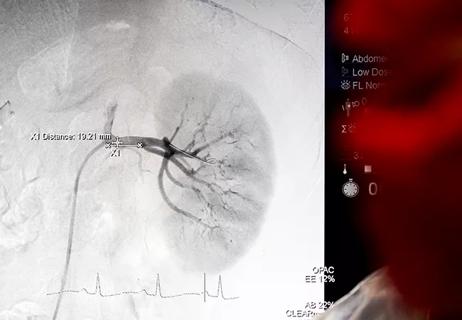
General principles for use of the long-awaited new therapy approach

ACC panel issues call to action to achieve CV health equity in an underserved population
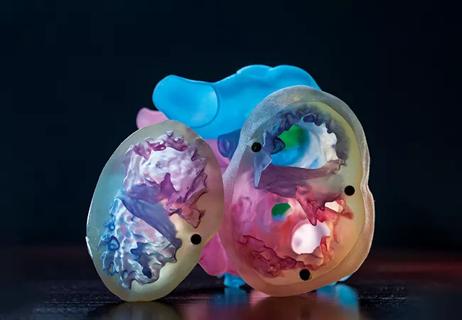
Get a glimpse of the facilities and technologies used by the nation’s top-ranked heart program
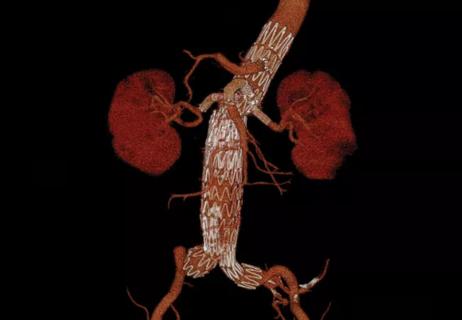
EVAR pioneer Dr. Juan Parodi surveys the past and future of a revolutionary procedure
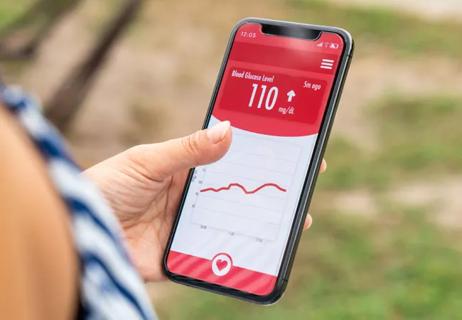
Latest systems combine continuous glucose monitoring with automatic basal insulin delivery

Common congenital lesion is not always benign

New study yields pre-pandemic insights for the post-pandemic landscape
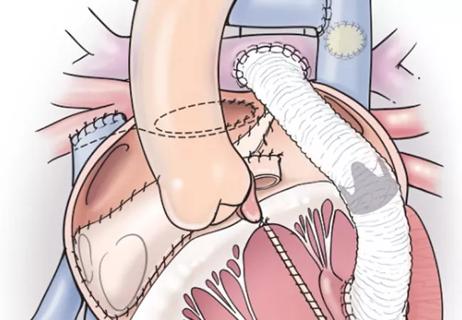
Series of five patients successfully treated with ‘ventricular switch’